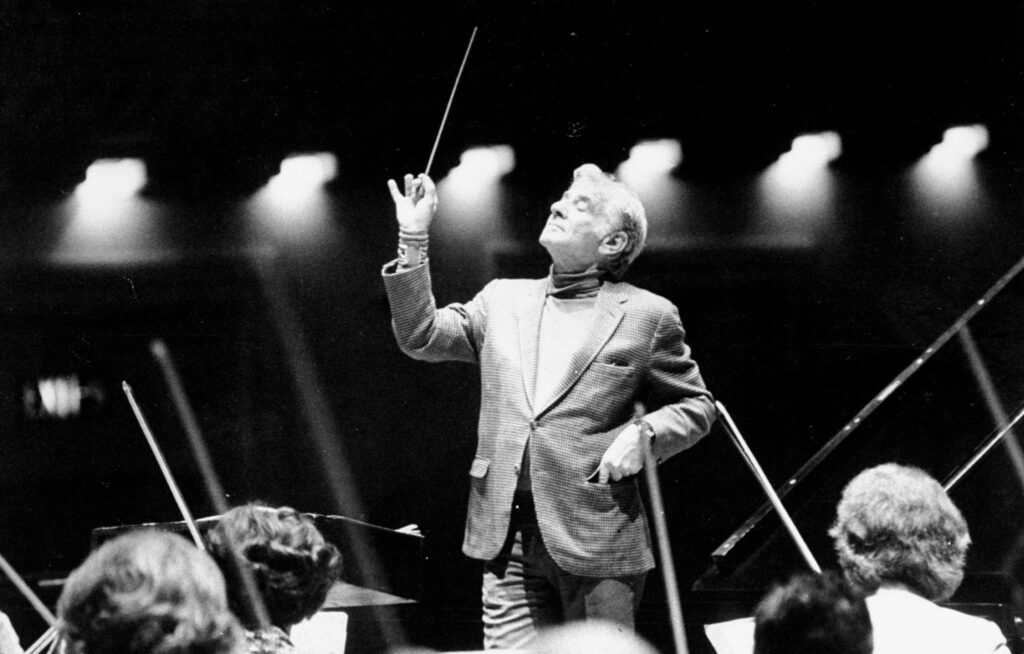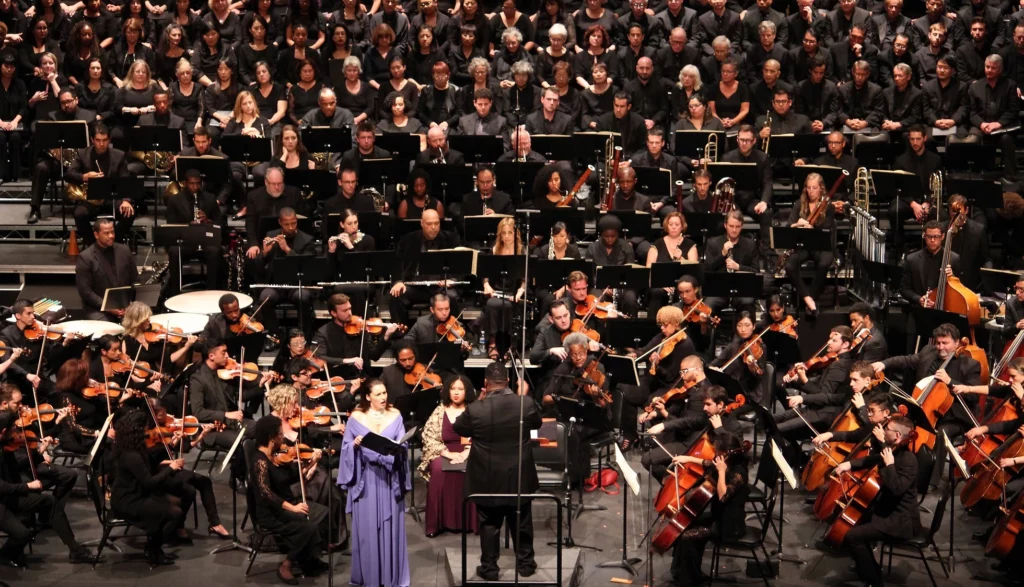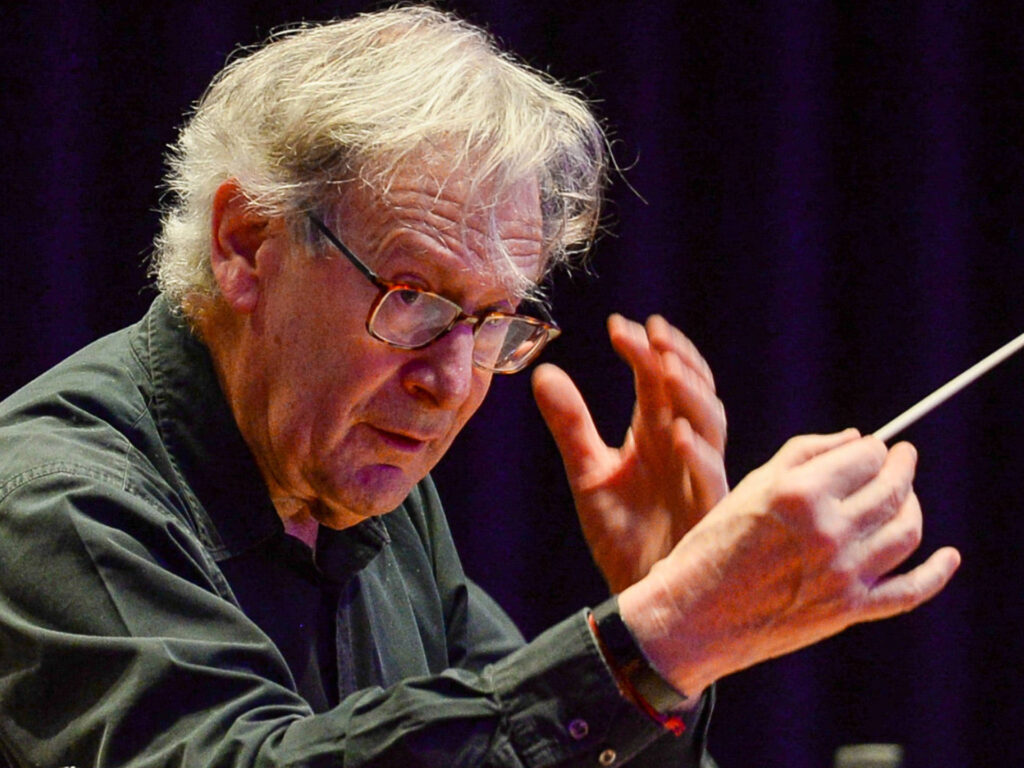
The Art of Conducting Melodies
Music is often described as a universal language, a single entity that transcends barriers and connects people across cultures and time. At the heart of this mesmerizing realm of sounds lies the melody, a powerful tool capable of evoking emotions, memories, and even transporting us to different worlds. Behind every beautiful melody lies a conductor, a maestro who skillfully navigates the intricate realm of musical tones and brings them to life in harmonious arrangements.
In this exploration, we will delve into the captivating world of conducting, where conductors shape musical phrases, harmonies, and melodies into masterpieces. We will traverse through classical music, vocal melodies, and pop music, uncovering the secrets behind the art of conducting and celebrating the maestros who have left an indelible mark on the world of music.
At Paperwriter, customer satisfaction is our top priority. We believe in going above and beyond to meet your needs and exceed your expectations. Our user-friendly interface makes it easy for you to place an order and communicate with your chosen Paperwriter. We value your input and encourage open communication throughout the writing process.

Classical Music Conductors
Classical music, with its rich history and timeless compositions, serves as a sanctuary of musical excellence. It is in this realm that conductors are often revered as the custodians of the past and the architects of the future. They take on the responsibility of interpreting music notation, translating the intricate markings on paper into living, breathing melodies.
A prime example of this mastery is found in the works of the legendary French composer Claude Debussy. His compositions, characterized by their melodic motion and harmonic sophistication, have been brought to life by countless conductors. Debussy’s music, known for its stepwise motion and agreeable succession of sounds, presents a unique challenge for conductors. They must navigate its complex rhythms and harmonies to ensure that the listener experiences the intended emotions and sensations.
One such conductor who has excelled in interpreting Debussy’s works is Pierre Boulez. Known for his deep understanding of music theory and his meticulous attention to detail, Boulez was able to convey the intricate nuances of Debussy’s compositions. Under his guidance, the melodies of Debussy’s piano pieces and symphonies came alive, captivating audiences with their ethereal beauty. When you need to write essay you can use help of best essay writing sites .
Exploring Vocal Melodies
Vocal melodies hold a special place in the world of music, as they combine the elements of melody and lyrics to create a powerful emotional impact. Conductors who specialize in vocal music are tasked with not only ensuring pitch and harmony but also guiding vocalists to sing with the right blend of emotion and technique. Similar to how best essay writing services bring together skilled writers to craft impactful essays, vocal conductors unite voices to deliver moving performances that resonate deeply with audiences.
In the realm of vocal melodies, the conductor serves as both a guide and an interpreter of the lyrics. They must convey the meaning and emotions behind the words while maintaining the integrity of the melody. This requires a deep understanding of music theory, rhythm, and the human voice.
One of the most famous examples of a conductor’s influence on vocal melodies can be found in the work of Leonard Bernstein. His conducting of the musical “West Side Story” is a testament to his ability to meld the vocal and instrumental elements seamlessly. Through Bernstein’s direction, the characters’ voices, as they sang about love, longing, and societal tensions, resonated deeply with the audience.

Conductors in Pop Music
While classical and vocal music conductors are widely celebrated, the role of conductors in the world of pop music often goes unnoticed. Yet, they play a crucial role in shaping the sounds that dominate the charts and airwaves. Pop music conductors are responsible for orchestrating the combination of instruments, chords, and melodies to create catchy tunes that stick in the listener’s mind.
One striking example of a conductor’s influence in pop music is the work of Quincy Jones. Throughout his illustrious career, Jones has worked with some of the biggest names in the industry, including Michael Jackson. His arrangements and conducting on Jackson’s “Thriller” album elevated it to legendary status. Jones knew how to balance the complex interplay of instruments and melodies, resulting in songs that became anthems of their time.
Mastering Tones
At the core of a conductor’s craft lies the ability to master musical tones, to mold single tones into longer phrases, and to weave them into harmony. This delicate process involves precise control over pitch, rhythm, and dynamics to create a musical composition that resonates with the listener’s soul.
To illustrate this mastery, we can turn to the world of orchestras, where conductors are the architects of musical compositions. They must coordinate the various sections of the orchestra, each with its own unique set of musical tones and instruments. Through the conductor’s guidance, these individual elements come together to create a symphonic masterpiece.
Consider the example of Ludwig van Beethoven’s No. 9, a towering achievement in the world of classical music. A conductor, in this case, becomes not only a director but also an interpreter of Beethoven’s vision. They must navigate the intricate musical phrases, ensuring that each note is played with precision and emotion, all while maintaining the overall harmony of the composition.
World’s Melody Maestros
Throughout the history of music, there have been individuals who have risen to become the globally acclaimed conductors, the true maestros of melody. These conductors have not only mastered the technical aspects of their craft but have also possessed a deep connection to the music they conduct. They have the ability to communicate the essence of a composition to both the musicians and the audience, creating a profound musical experience.
Since 2020, Eva Ollikainen has held the position of Artistic Leader and Chief Conductor at the Iceland Symphony Orchestra. Her notable recent engagements encompass performances and collaborations with renowned orchestras such as Staatskapelle Dresden, Wiener Symphoniker, BBC Symphony Orchestra, Royal Scottish National Orchestra, Royal Danish Orchestra, and the Kennedy Center Opera House Orchestra. Furthermore, she served as the chief conductor of the Nordic Chamber Orchestra from 2018 to 2021. Eva Ollikainen has established herself as a prominent figure among the world’s leading conductors, known for her exceptional mastery of musical melodies.
One such maestro is Gustavo Dudamel, known for his electrifying performances and infectious passion for music. Dudamel’s ability to infuse every note with energy and emotion has earned him a special place in the hearts of classical music enthusiasts. His interpretations of classical symphonies breathe new life into familiar melodies, making them sound fresh and exciting.
Preserving the Classics
s music evolves, it is the role of conductors to preserve and interpret classical music for future generations. The classics serve as the foundation upon which modern musical compositions are built. Conductors must ensure that these timeless pieces continue to be performed with the same reverence and brilliance as when they were first composed.
The works of Wolfgang Amadeus Mozart, for instance, are considered some of the most beautiful melodies ever created. Conductors like Sir Neville Marriner have dedicated their careers to preserving and interpreting Mozart’s compositions. Marriner’s attention to detail and his ability to bring out the subtle nuances of Mozart’s music have made him a revered figure in the world of classical music.



Evolution of Melodic Artistry
The art of conducting has not remained static but has evolved in response to changing music trends and styles. Conductors today face a different set of challenges than their predecessors, as they navigate the complexities of modern compositions, electronic sounds, and a globalized music industry.
One notable evolution has been the incorporation of technology into the art of conducting. Conductors now use digital tools and software to aid in the interpretation and execution of musical compositions. These tools allow for precise control over tempo, rhythm, and even sound effects, expanding the conductor’s capabilities and artistic expression.
Furthermore, the boundaries between classical, vocal, and pop music have become more fluid, with conductors often exploring a wide range of musical genres. This adaptability reflects the changing landscape of music and the need for conductors to stay relevant in an ever-evolving industry.